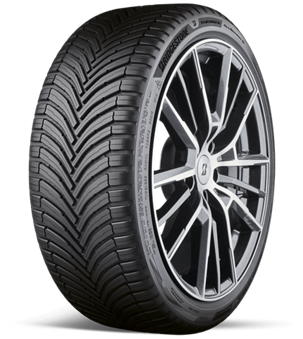Summer tyres are designed to deliver optimal performance in both dry and wet conditions during warmer months. Built with a firmer rubber compound and shallower tread depths, they offer precise handling, improved braking, and strong cornering ability when temperatures are above 7°C, which is typically the case for much of the year in the UK.

Given our generally mild climate, summer tyres are a reliable choice for most of the year. They’re specifically made to perform well in wet and dry conditions, but not in freezing temperatures or snow. That makes them a strong option for drivers who want responsive steering, efficient fuel consumption, and dependable performance in standard UK driving conditions.
Summer tyres are made with a specific tread pattern that increases the amount of rubber in contact with the road, which improves grip. They feature fewer grooves compared to winter or all-season tyres, and their stiffer sidewalls help with stability and responsiveness. The tread blocks are more solid, reducing rolling resistance and improving energy efficiency.
In wet conditions, specially designed channels disperse water quickly to reduce the risk of aquaplaning.
You can, and many motorists do, but there are performance trade-offs. As temperatures drop below 7°C, the rubber compound in summer tyres becomes harder, reducing grip and increasing braking distances, especially on icy or snowy roads. While they can still perform in wet conditions, their performance will noticeably decline in colder weather.
If you live in a region that experiences cold winters, switching an all-season tyre can be a safe r, more efficient choice.
To get the most out of your summer tyres:
Final thoughts
Summer tyres are an excellent option for drivers who want the best handling and braking performance during the warmer months. They're engineered for safety, stability, and smooth driving and with regular maintenance, they’ll keep your journeys efficient and enjoyable.
Calls may be recorded for training and to ensure the best quality customer service.
TYRE BRANDS
Bridgestone - Firestone - Avon - Michelin - Pirelli - Continental - Davanti - Ceat